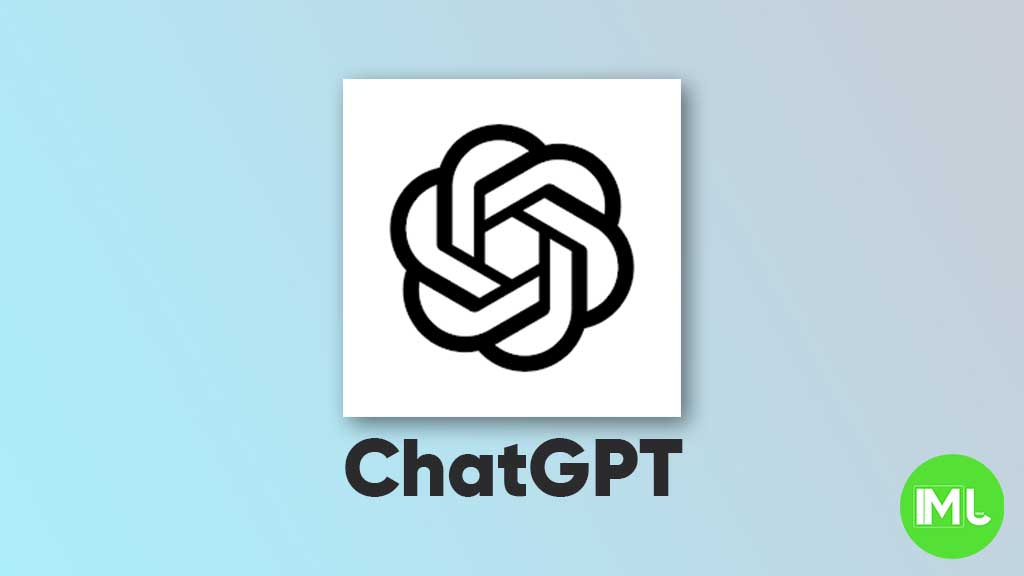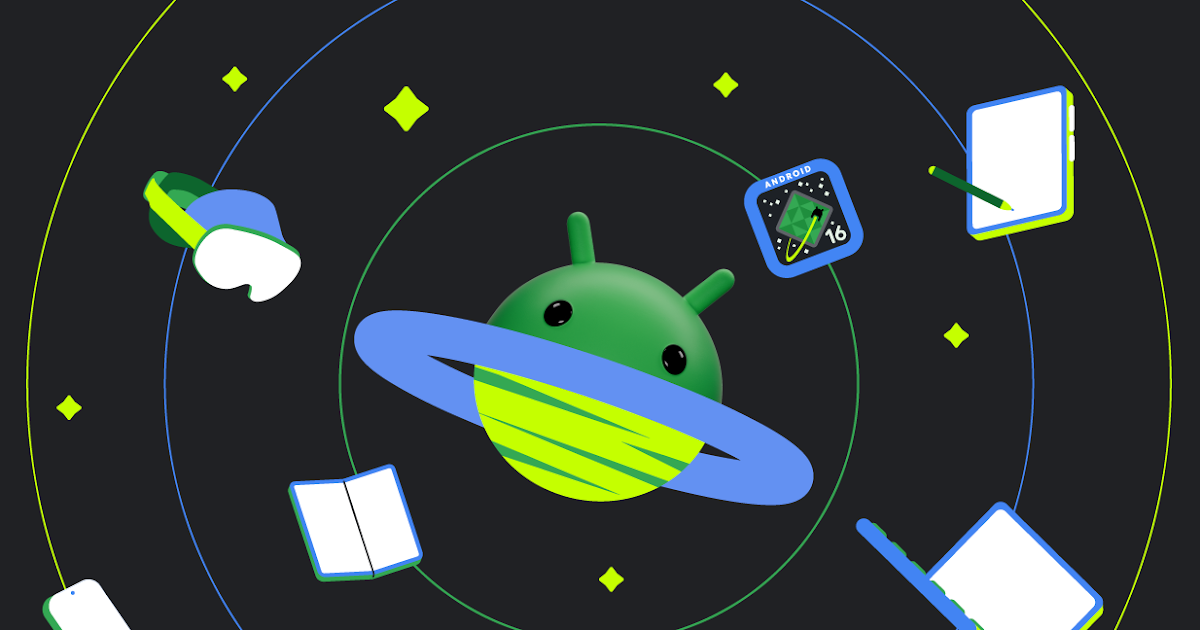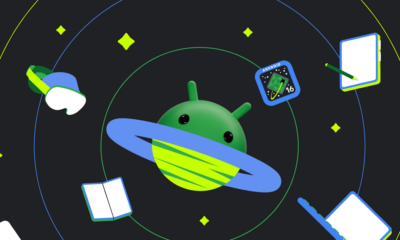Android
ChatGPT Search: OpenAI’s new AI-powered search engine to rival Google

OpenAI has officially launched ChatGPT Search, an AI-driven search engine that aims to change how we find information online. Originally teased as “SearchGPT,” this new feature is now live and offers a fresh way to search, blending conversational AI with the latest web data.
A Smarter, More Interactive Search
With ChatGPT Search, users get answers in natural language, making the search experience more intuitive. When you enter a query, ChatGPT responds with detailed answers, including relevant links, images, and references, allowing users to explore further if needed. This approach combines the familiarity of a search engine with the conversational ease of ChatGPT.
What ChatGPT Search Offers
ChatGPT Search provides several capabilities:
- Real-Time Information: It offers timely updates on news, sports scores, stock prices, and weather, directly sourced from reliable platforms like AccuWeather.
- Cited Sources: The search results show a list of citations on the interface’s right side, helping users track information back to credible sources. This transparency is key to making search results more trustworthy.
- Comprehensive Answers with Links: ChatGPT Search doesn’t just give brief answers but provides links to articles and pages where the information originates. This improves credibility and gives users a way to dig deeper if they want.
Availability and Access
Starting today, ChatGPT Search is available to users who previously signed up for the “SearchGPT” waitlist. Additionally, those with Plus and Team subscriptions can access it immediately. In the coming weeks, OpenAI will roll out this feature to Enterprise and Educational users, with plans to make it available to all users over the next few months. The search feature will be integrated across web, mobile, and desktop ChatGPT apps, making it accessible wherever you use ChatGPT.
Special Features for Dynamic Content
Besides general search capabilities, ChatGPT Search provides access to weather forecasts, live sports scores, financial updates, maps, and the latest news. OpenAI has worked closely with news organizations to ensure its AI is informed and accurate, responding to industry feedback. This collaborative approach enhances the tool’s relevance and reliability as a source of current events.
Coming Updates and OpenAI’s Vision
The release of ChatGPT Search follows reports of a major update to OpenAI’s language model expected this December. With this upgrade, OpenAI aims to further enhance ChatGPT’s abilities, keeping it competitive with major search engines like Google.
Android
Android 16 adds small but useful changes to status bar and terminal features

Google is working on Android 16, and while big changes are still under wraps, some small updates have already been noticed. These tweaks may not seem major, but they can improve how users interact with their devices.
One of the changes spotted in the Android 16 Developer Preview is the return of the status bar clock to the left side of the screen. This layout used to be common before Android 9, but later Android versions placed the clock on the right. Now, with the new preview, the clock moves back to the left, which could make room for more icons and make the status bar easier to read—especially on phones with notches or punch-hole cameras. However, this change might not be final, as Android is still being tested.
Another interesting update is in the Android terminal tool. A new feature allows users to resize disk partitions without needing a full system reboot. This could be very helpful for developers and advanced users who need to change storage settings quickly. Instead of restarting the device, the system now supports live resizing in many cases, which saves time and effort.
Overall, Android 16 is shaping up with some practical improvements that focus on convenience and better user experience, even in the smaller details.
Android
Android 16 beta adds battery health info, Pixel Fold gets better at detecting opens and closes

Google has released the Android 16 Beta 1 update for Pixel phones, and it brings some helpful new features. One of the key additions is battery health information, which is now available in the settings. Pixel users can now see the battery’s manufacturing date, charge cycles, and overall health score. This can help people understand how well their battery is holding up over time. While this feature is currently hidden under developer options, it might be fully added in a future update.
At the same time, Google is also working to improve the Pixel Fold. With Android 16 Beta 1, there’s a new system that better detects when the phone is opened or closed. This new method uses the hinge angle to more accurately understand the device’s position. Unlike older systems that could be affected by software bugs or slow response times, this new one seems to be more reliable and faster.
These changes are important for people who use foldable phones like the Pixel Fold, as better hinge detection can lead to smoother app transitions and fewer bugs. And for all Pixel users, having detailed battery info can help with managing phone performance and deciding when it’s time for a battery replacement.
Overall, Android 16 Beta 1 focuses on giving users more control and smoother experiences, especially for those with foldables.
Android
Android 16 could bring colorful always-on display to Pixel phones

Google is working on Android 16, and it looks like the update could bring more color to the always-on display (AOD) feature on Pixel phones. Right now, the AOD mostly shows white text on a black screen. But a new setting found in the Android 16 Developer Preview hints at the ability to add colors to this display.
The new feature is called “AOD Preview,” and it includes a switch labeled “Color AOD.” While this setting doesn’t work yet, it suggests that Google might be planning to show colorful content even when the screen is in low-power mode.
This change could make AOD look more lively, maybe by adding color to the clock, notifications, or wallpaper. So far, it’s not clear exactly what will change or how customizable it will be, but the feature seems to be in early testing.
Samsung already has more colorful AOD options on its Galaxy devices, so this update could help Pixel phones catch up. Google often introduces new features first on Pixel devices before making them available to other Android phones.
Android 16 is still being developed, and many features are not ready yet. But if Color AOD becomes part of the final release, Pixel users could get a more vibrant and useful always-on display in the near future.
-

 Apps1 year ago
Apps1 year agoGboard Proofread feature will support selected text
-

 News1 year ago
News1 year agoSamsung USA crafting One UI 6.1.1
-

 News1 year ago
News1 year agoBreaking: Samsung Galaxy S22 may get Galaxy AI features
-

 News1 year ago
News1 year agoSamsung Galaxy S23 Ultra with One UI 6.1 and all S24 AI features revealed
-

 News1 year ago
News1 year agoOne UI 6.1 Auracast (Bluetooth LE Audio) feature coming to many Samsung phones
-

 News1 year ago
News1 year agoSatellite SOS feature coming to Google Pixel phones, evidence leaked
-

 Apps11 months ago
Apps11 months agoGoogle’s fancy new Weather app is finally available for more Android phones
-

 News1 year ago
News1 year agoGoogle Pixel evolves as Europe’s third best selling flagship






